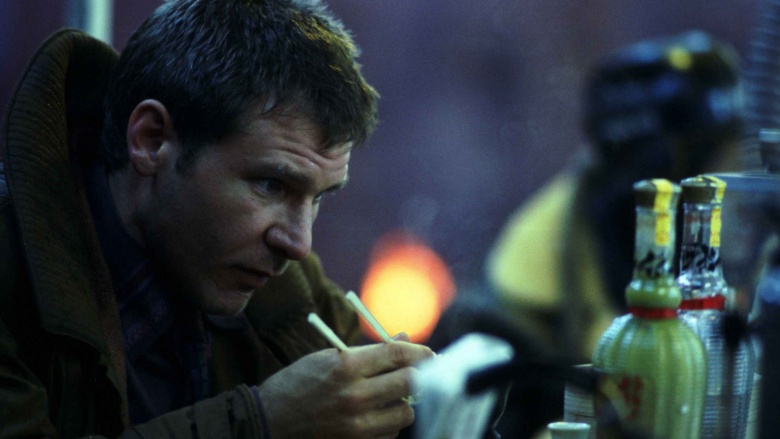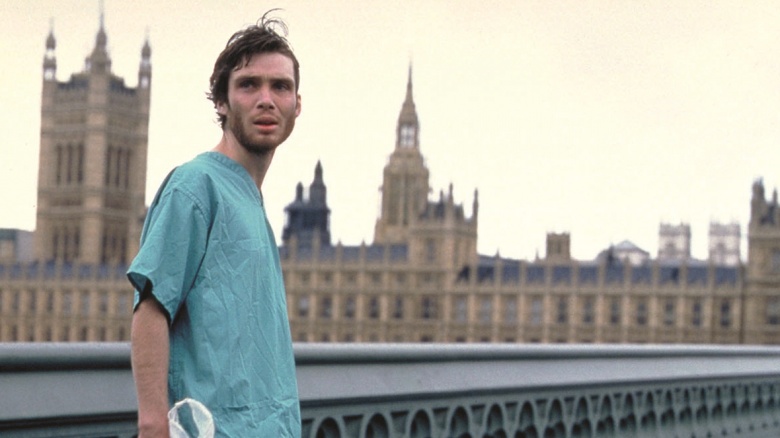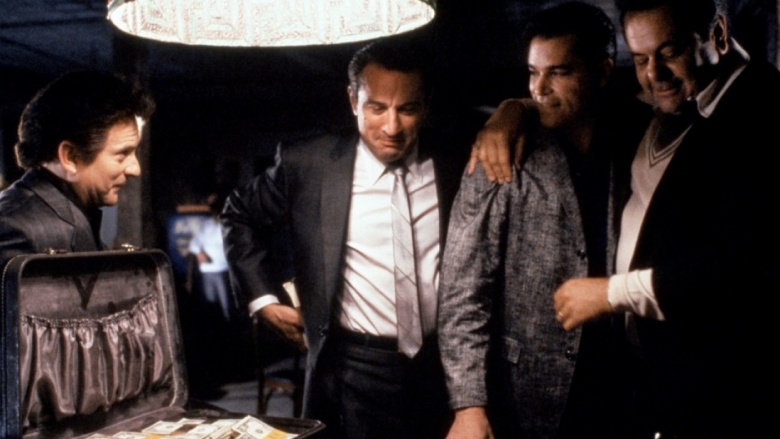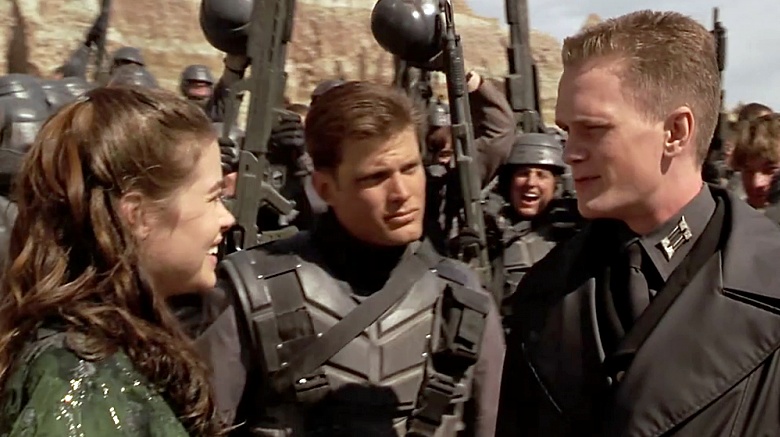Movies That Were Drastically Changed Before Release
Studios often insist that early screenings of films are shown to randomly selected moviegoers, who then report what they like (or don't). Many writers and directors fear test audiences, because the studios are notorious for placing a lot of stock in their feedback. If something tests poorly, filmmakers can be forced to make changes or risk the entire project being shelved indefinitely. Film buffs often argue this process is harmful, as it dilutes the artists' original visions. However, on some occasions, test screenings might have saved future classics from themselves. Below are eight examples of well-known movies that were drastically changed before release. Were the final versions better or worse? You decide.
E.T. the Extra-Terrestrial
Can you imagine a world where E.T., everyone's favorite '80s alien (sorry, ALF) is dead? Probably not—but E.T. director Steven Spielberg could. Early test audiences saw a version in which E.T. died on American soil. Luckily for the rest of us, those people hated it so vehemently that the studio insisted E.T. live, and the movie's final cut—spoiler alert—shows the little guy boarding a spaceship home. Audiences left theaters crying happy tears and made the 1982 hit the fourth highest-grossing film of all time when adjusted for inflation.
Pretty Woman
The movie that made Julia Roberts a superstar didn't start with a title inspired by a whimsical Roy Orbison song. $3,000 was the original name, which is the amount Richard Gere's character pays for a week with the prostitute played by Roberts. Naming the movie after money doesn't make it sound as romantic, but it does reflect its original tone. Writer J.F. Lawton was inspired by dark '80s dramas like Wall Street and The Last Detail while penning the screenplay. Drug addiction, the rigors of prostitution, the downside of big business, and womanizing were more prevalent themes. One scene showed Edward (Richard Gere) throwing Vivian (Julia Roberts) out of his car and driving off. So much for the "john" with the heart of gold concept, eh? Instead of the rags-to-riches finale, the original ending featured Vivian and her prostitute friend on the bus heading to Disneyland. Test audiences hated the original conclusion, so director Garry Marshall and Disney changed it to a silver-haired fox looking the other way on the red-mane beauty's profession, creating an updated fairy tale instead.
Titanic
The running time of Titanic is an epic 195 minutes—and that's after James Cameron made multiple edits. Test audiences saw at least an additional 45 minutes of content, and their reactions to the 4-hour film reportedly convinced the director to cut at least 10 scenes. For example, in the uncut version, there is a scene where Leonardo DiCaprio's character, Jack, fights the evil Lovejoy over the Heart of the Ocean gem after Jack and Rose escape into the flooded dining saloon. Test audiences probably felt it was unrealistic to risk one's life for jewelry and it didn't add to the story. Thankfully, Cameron listened and also didn't use this crappy ending either.
Gravity
In 2014, Gravity received 10 Academy Award nominations, winning seven, including Best Director, Best Cinematography and Best Film Editing. However, in the summer of 2012, things looked pretty dire for the space drama. Director Alfonso Cuarón screened an early cut for a test audience. For the most part, they didn't understand it, found it uninteresting, and asked why there weren't any aliens or monsters in it.
Lucky for movie fans, Cuarón believed he was making something special and wasn't discouraged. Soon after what might have felt like a setback, there was a change to the studio's administration, which brought the movie new life. Instead of scrapping the project, they worked on making it much more visually appealing through special effects. Originally, Cuarón wanted to show what it'd really be like to be lost in space, but as he learned, that's just not interesting enough for most people to watch. The new visuals enthralled a test audience of 6,500 people in San Diego at Comic-Con, and suddenly, no one was asking for aliens.
Blade Runner
Originally, Blade Runner was a fairly faithful adaptation of Phillip K. Dick's science fiction novel Do Androids Dream of Electric Sheep? In the first version, Rick Deckard chooses to harbor a renegade android even though he knows she faces certain death. The ending also implicates that the main character might himself not be human.
Test audiences didn't like that at all—they wanted Harrison Ford to be more like his Han Solo and Indiana Jones personas. This was a very different movie, but people couldn't see that at the time, and the studio mandated hasty additions including voiceovers and a happy ending in which Deckard's robotic lover Rachael was not programmed to self-terminate. Scott's director's cut eventually made its way to stores in 1993, followed by a "final cut" in 2007, giving fans an opportunity to see his undiluted vision for the film—and opening a never-ending debate over which version's better.
28 Days Later
Danny Boyle's modern zombie classic gave audiences a glimmer of hope with the ending of its theatrical cut. The lead character, Jim (Cillian Murphy) and his companions, Selena and Hannah, find safety in a remote country cottage, and the hordes infected by the zombie plague seem to be dying off. It's a rather upbeat few minutes, and it's also far from the director's original vision. Boyle shot multiple endings, all of which featured Jim dying and leaving Selena and Hannah to fight on their own. Those proved to be real bummers for test audiences, although hardcore horror fans tend to prefer them. You can still find the alternate endings among the movie's DVD extras.
Goodfellas
Warner Brothers forced Martin Scorsese to go through his first-ever test screening process with Goodfellas in 1990. Forty people walked out before the end of the first act, unhappy with the levels of bloody violence. Test audiences also felt the final act, in which the FBI closes in on wiseguy Henry Hill (Ray Liotta), were too slow and painful.
Scorsese didn't want to cut any of the scenes audiences considered too long, tense, or violent. Instead, he compromised—sort of. He and his longtime editor, Thelma Schoonmaker, made a handful of changes to help move things along faster, especially in the last act, when Hill is in a drug-induced craze. The alterations helped give new audiences a better feel for Scorsese's vision, and the result remains one of the high points of a distinguished filmmaking career.
Starship Troopers
Pre-millennial science fiction satire Starship Troopers had a very different original version. Before the final cut that went to theaters, the Troopers story saw Carmen Ibanez deciding to dump the lead character, Johnny Rico, while the two were separated during basic military training. Carmen and her commanding officer Lt. Zander Barcalow then entered into a love affair, while Johnny found his own new love interest, Dizzy Flores—who was ultimately killed off.
Unsurprisingly, test audiences hated that Carmen chose her career over Rico, and reacted negatively to her involvement with a superior officer. The final version that made it to theaters ended up downplaying this romance, changing Carmen's relationship with Lt. Barcalow to merely a flirtatious one.








